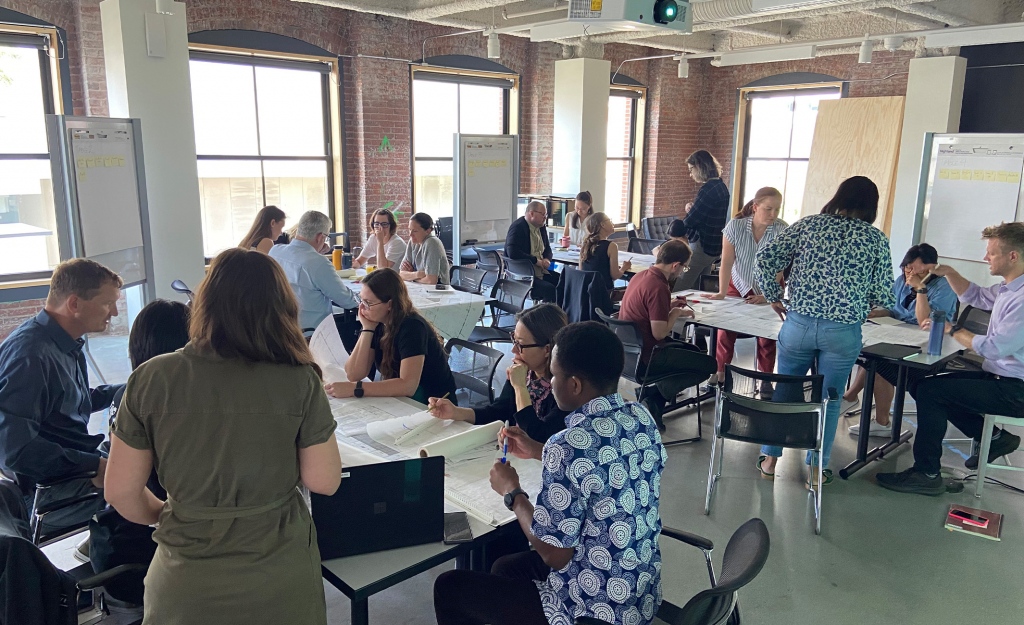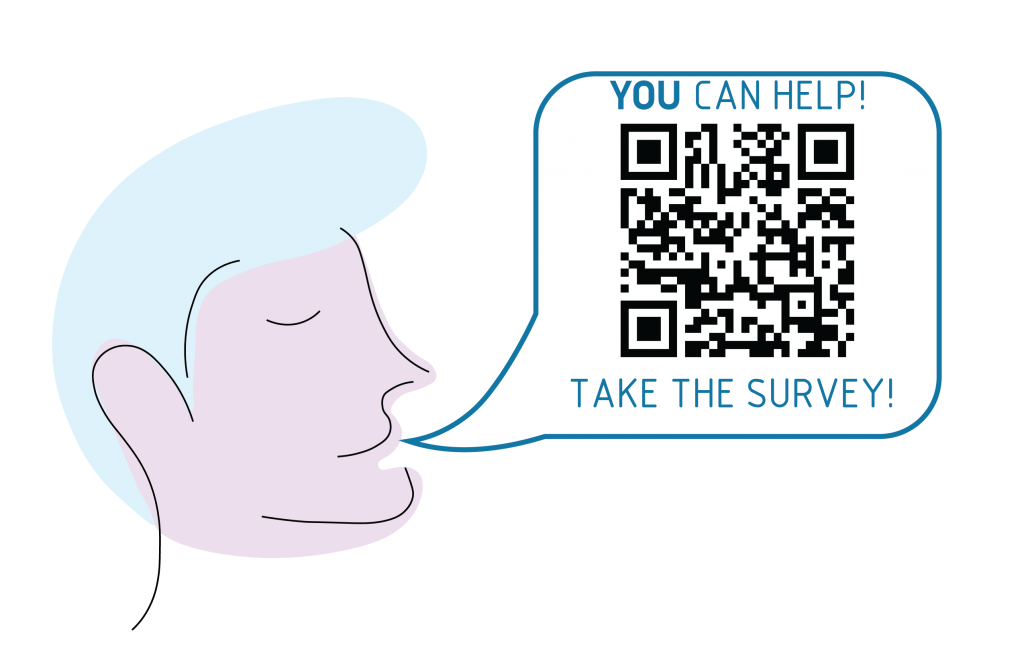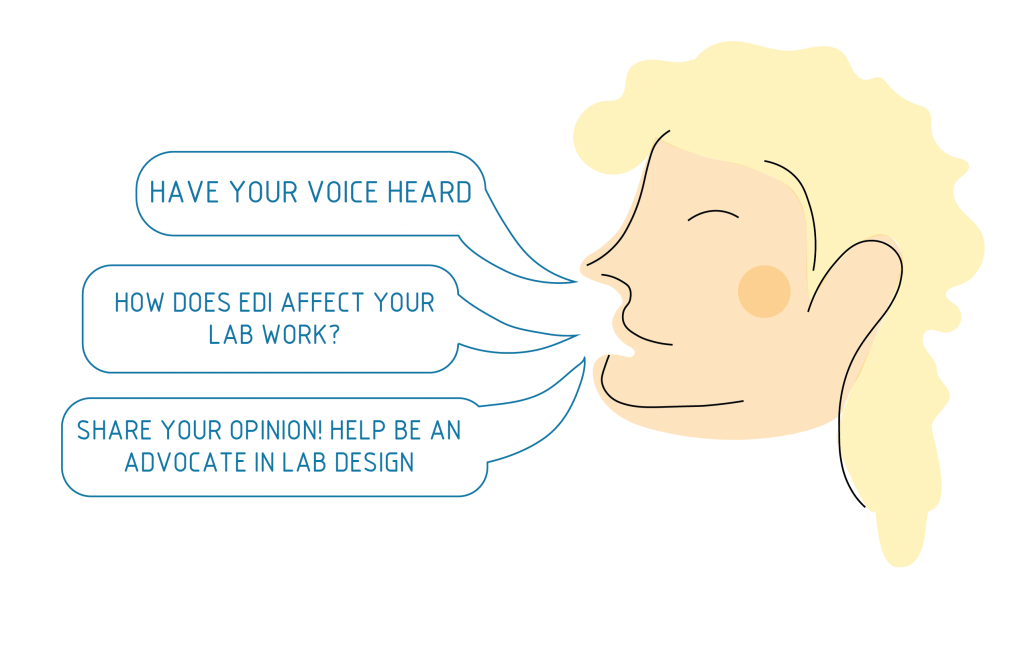At its core the Spatial Equity Research Group is interested in design through the lens of social equity, diversity and inclusion. This post is a special edition in a series exploring how the built environment could improve experiences and outcomes for neurodiverse populations through design. Below we put out a call for user feedback to help improve research and lab spaces from an Equity, Diversity and Inclusion (EDI) and neurodiverse perspective.
Who is PAYETTE?
PAYETTE is a leading architectural design firm focusing on technologically and programmatically complex buildings for scientific research, higher education, healthcare, and corporate research clients. For more than three quarters of a century, PAYETTE has practiced innovation in these highly technical buildings while developing a culture based on deep readings of program as one of the essential subtexts of architecture.

What is the Spatial Equity Research Group?
The Spatial Equity Research Group at PAYETTE has been exploring how the built environment can better serve the needs of diverse individuals and provide more equitable and inclusive spaces for everyone. This research requires a robust understanding of not only the types of people we design spaces for but also their specific needs. An archaic understanding of architectural design assumes that all individuals are homogenous, ignoring the incredible breadth of physical, social, ethnic and cognitive diversity that we experience daily outside the sterilized virtual worlds on our computer monitors. As we work towards creating a more equitable and inclusive built environment that celebrates diversity, we need to also take the time to learn from and understand the people using these spaces.
What is Lab Gap!?
With the above ideas in mind we have developed Lab Gap – a survey understand the needs of individuals working in research environments. The goal of this survey is to gain insight as to what elements of existing research spaces work well for diverse users, which elements work poorly and what elements are missing from existing spaces from an EDI perspective. With this data we can begin to match specific design elements with various identity characteristics, identify gaps in our design understanding, and develop frameworks for improving research spaces for diverse individuals in the future. This is why your feedback as a researcher is especially valuable to us!
Take the Survey: https://bit.ly/labgap_survey

Why are user surveys valuable to architecture?
To an architect or designer, the results of a user survey can help drive the course of a project. It can be one way for individuals to have an impact over their space and even future spaces to come. At PAYETTE we typically use surveys during “pre-occupancy,” before occupants move into a building, and “post-occupancy,” typically about one year after occupants move in, to gauge how building users feel about the spaces they occupy. Surveys can be particularly useful to help identify critical needs and goals in a project. Additionally, surveys can also be a tool to help remove biases from the design team by providing empirical data from real users. Your intimate knowledge of your research environment as a building occupant is invaluable real-world information for architects and designers like us, and we want to hear your opinion!

Help make a difference in future lab spaces
Amongst the bombardment of surveys why bother filling out another survey? We believe that your input for this survey could help change the status quo in laboratory space design and we are committed to using your feedback to help create more equitable and inclusive spaces for all people.



